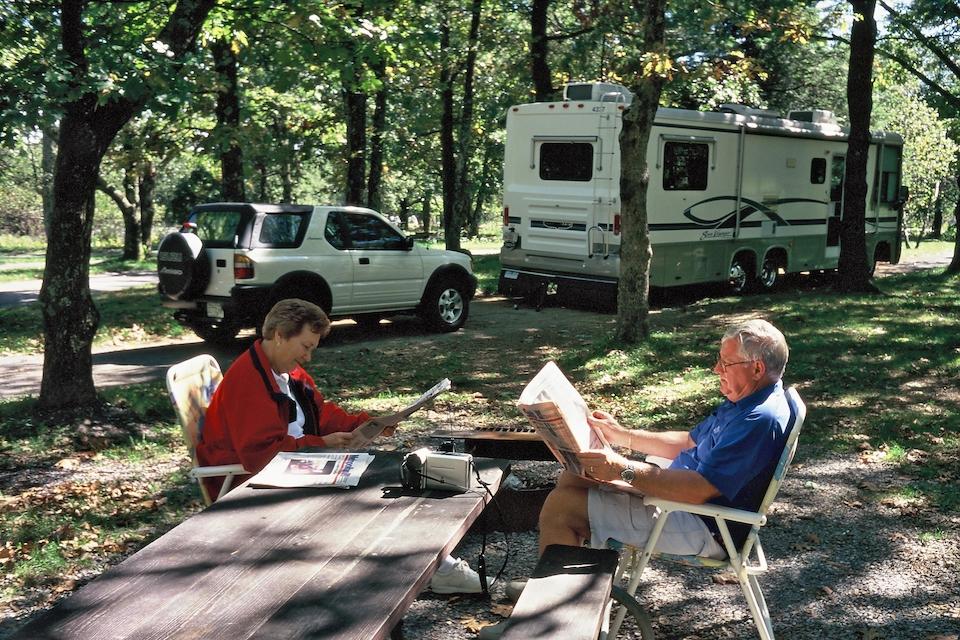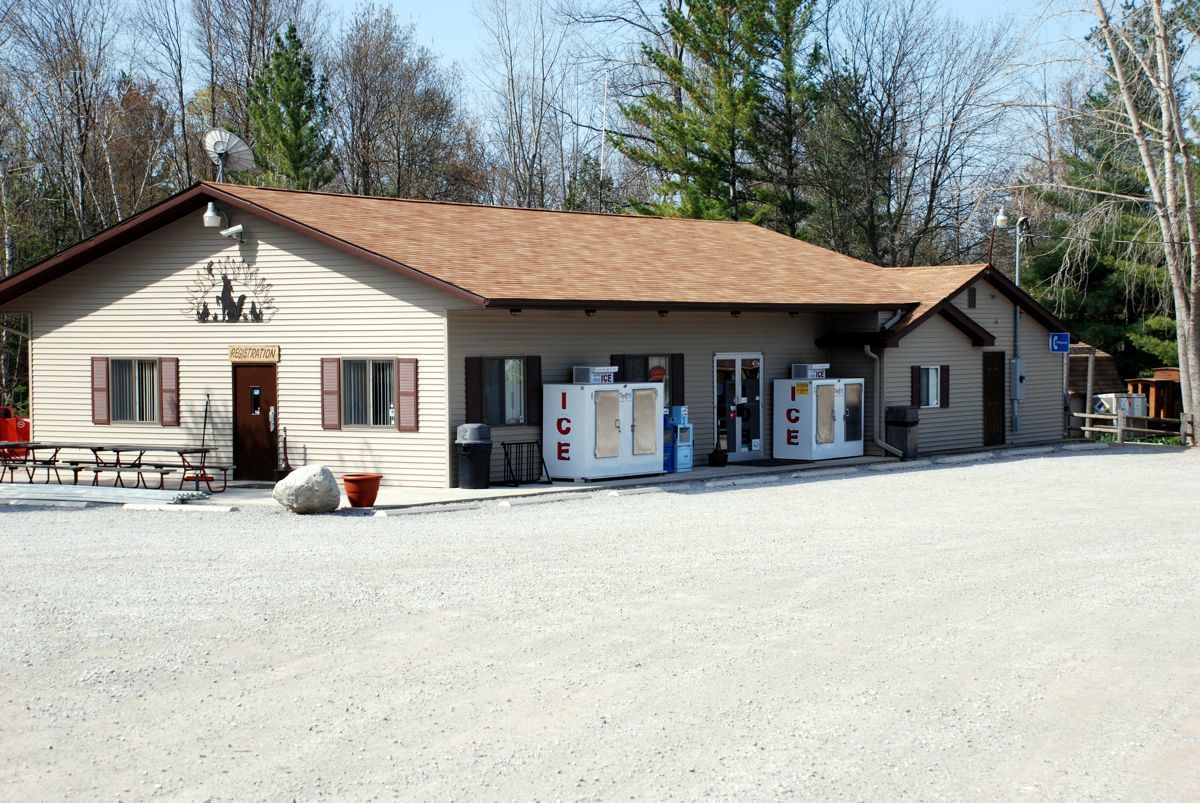Partial Rv Hookup Site
- Aug 20, 2018 The next stop after dry camping is a full hook-up site so you can use all the sewer, water and electricity hook-ups and essentially dump the grey water that we’ve been holding on to while dry camping. You can also just use a sani-damp to empty your RV’s grey water before moving on.
- RV campsites are strategically placed to maximize the beauty of the resort within walking distance of the lake, lodge, restaurant, bar and convenience store. Partial Service RV sites offer water hookup, electrical hookup 20 amp service only (no air conditioning units or other units that take an abundance of electricity), fire pit and picnic table.
- These grassed sites are nestled amongst tall Ponderosa and offer water hook ups, 30 amp power. All sites can accommodate up to a 40’ RV with the exception of site 18, which can only accommodate a 32′ RV. Picnic tables and fire pits are provided at every site. All guests welcome to utilize restrooms, hot showers and WIFI at no charge. All RV sites are back-in only. Also, please note that.
- Most likely your RV is set up with one of these two options. Smaller RVs are set up with 30AMP hookups, larger ones with 50. These will be the last hookups you make once settled into your location. You must make sure the hookup box matches what your RV can handle, because many older sites are not equipped with up to date systems.
What are Partial RV Hookups? Partial RV hookups include water and/or electric but not a sewer hookup. In many cases when you are in a campground with partial hookups there will be a dump station or a honey wagon available.
When it comes to RVing, finding a campground isn’t the end of your camping preparation. Next, you will need to find a campsite.
Partial Rv Hookup Sites
Not just any campsite in a campground will do. One of the first things to look for is if the campground has RV sites—tent sites won’t work, even if your RV is small.
After that, you’ll need to know if a campsite will fit your RV’s length. The type of hookups, and the type of RV parking offered by that site will also help you choose an RV campsite site that’s right for you.
Rig Size
Partial Hookup Camping
Most campgrounds will have a physical or online map where you can see all of their campsites and how they’re laid out. Color coding on the maps show which sites are tent sites and which are RV sites. In some cases, RV sites may be further broken down by RV length. Even if a campground can accommodate all RV sizes, not every one of their campsites will fit every RV size they accommodate.
Some campgrounds will have a size restriction where none of their sites can accommodate any RV over a certain length. Size restrictions will mostly affect you if your RV is over 35 ft. long.
Usually, a vehicle isn’t included in a campsite’s size restriction. But be sure to double check, as this can vary by campground. Most campsites accommodate 1 RV plus 1 vehicle. As an RVer you’ll have an extra vehicle if your RV is a towable, and you use a vehicle to tow, or if you tow a vehicle with your RV (also known as a toad) in order to drive around town without your RV.
Hookups
Once you know that a campground can accommodate your RV’s size, it’s time to think about hookups. A campsite can be a “Full Hookup” site, a “Partial Hookup” site, or have no hookups (also sometimes denoted as “primitive”).
Full Hookups

At most campgrounds, “Full Hookups” means you’ll have sewer, water, and electric hookups. It’s the sewer hook-up that often makes a campsite “Full Hookup.” Sewer hookups allow your waste to go right out of your RV through your sewer hose. When you don’t have a sewer hookup, waste will go into your black and grey tanks, and you’ll have to dump those at the RV dump station before they are full.
A water hook-up allows you to connect to city water supply. This means you won’t be relying on your fresh water tank for water.
Electric hookups allow you to plug your RV into a power pedestal and power your electric RV appliances and components without using a generator, battery power, or solar power. Some pedestals come with 30 amp, 50 amp, and sometimes an extra household 15/20 amp connection.
If you plan on making the most out of your RV kitchen, you’ll want a campsite with full-hookup capabilities.
If you’re in an RV that requires a 50 amp connection (usually large Class As or Fifth-Wheels), double check that the campsite you are looking at has 50 amp connection. Often sites only have 30 amp connections. Sites with 50 amp connections can sometimes cost more (usually $5-$10 more), so if you don’t need a 50 amp connection you may want to stick to a 30 amp only site.

Partial Hookups
Partial Hookups usually mean that you have water and electric, but no sewer. These are the most common types of campsites. In some cases, partial hookups can mean that the campsite only has electric or only water. If there’s no electric, you’ll be relying on a generator, solar power, solar power charger, or battery power for use of your electric appliances. Generators, however, usually can’t be run after sundown. Basic energy conservation best practices will help you save your battery power. If water hookups are not provided you will be relying on your fresh water tank for your water. Some campgrounds may provide water spigots every few campsites or so, but it is a good idea to arrive with your fresh water tank full.
Home Rv Hookups
No Hookups
Primitive campsites, or “no hookups” means you’ll need to be self-reliant for your power and water needs. When that’s the case, you’re “dry camping” or “boondocking.” Your water supply will come from your fresh tank and your power supply will come from a generator, solar power, and/or battery power. If you’re brand new to RVing it may be helpful to note that your LED lights work without an electric hookup or generator, as well as any LP (liquid propane) appliances (often times your stove, refrigerator and furnace). If you’re new to boondocking, meal planning in advance could save time and stress.
Parking Your RV

Campsites are further denoted as “pull-through” or “back-in” sites. “Pull-through” sites are the RV equivalent of a circular driveway. You can get in and out of these by driving (or towing) in just one direction. For that reason, “Pull-Through” sites are very beginner friendly.
“Back-In” sites require greater skill in maneuvering your RV, as you will have to be able to back your RV into the site. Backing into a site becomes easier the more you drive your RV.

One thing to avoid as a beginner is a back-in site with obstacles, like trees, that could make the site a very tight fit.
Rv Hookup Locations
Those are the basics of choosing an RV campsite. Location within a campsite, like being waterfront or not, is something fun you’ll get to consider too. Whether you’re looking at sites online, on a campsite availability board in-person, or by actually driving through the campground, you’ll know what you’re looking for!



